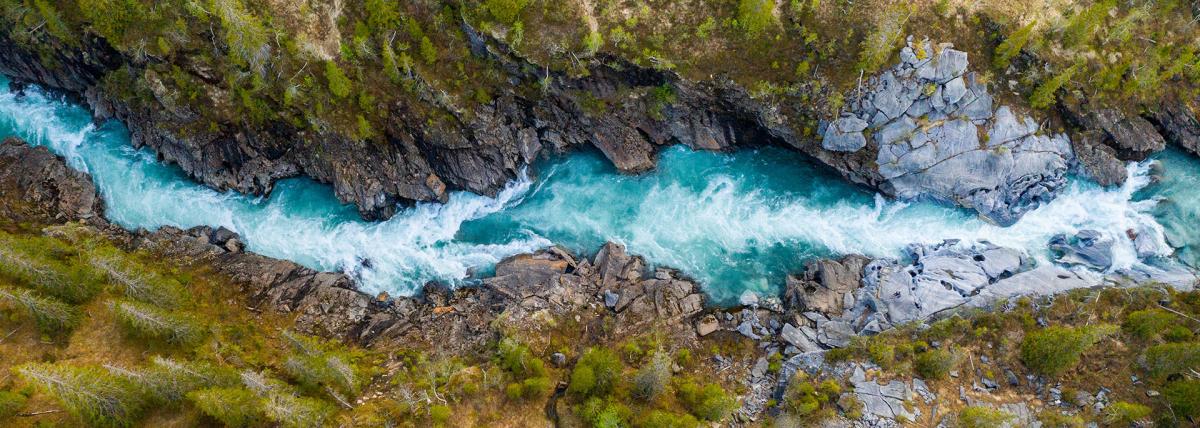ArtBot is an innovative educational tool designed to introduce students to the fascinating world of electric and magnetic interactions through the medium of art. This unique robot is equipped with
Students will explore the phenomenon of length of day that is created by Earth's tilt on its axis in relationship to its orbit around the sun. Students will collect and analyze data about the length
Students will create a 3D bookmark in Tinkercad. I pace this unit for three days. Day 1 is the introduction of 3D printing and practice in Tinkercad. Days 2 and 3 are creating and sharing their
The lesson plan consists of three labs that students can perform to investigate photosynthesis by preparing a slide and observing the chloroplast, test for the presence of glucose in leaves and
Day 1 of a 4 day unit (with an optional day 5) on hydroponics, urban farming and vertical farming. Students will learn about hydroponics used on the International Space Station and vertical farming
Day 2 of a 4 day unit (with an optional day 5) on hydroponics, urban farming and vertical farming. Students will learn about hydroponics used on the International Space Station and vertical farming
Day 3 of a 4 day unit (with an optional day 5) on hydroponics, urban farming and vertical farming. Students will learn about hydroponics used on the International Space Station and vertical farming
Day 4 of a 4 day unit (with an optional day 5) on hydroponics, urban farming and vertical farming. Students will learn about hydroponics used on the International Space Station and vertical farming
Description: In this engaging lesson, students dive into the fascinating world of bone anatomy by creating styrofoam models of bones and simulating fractures. Through hands-on activities, students use
The students will be tracing and measuring their feet. Then as a class they will be creating a line plot graph. Next, they will answer a couple of questions about the line plot graph created. They
Students will solve mysteries using a digital scale, systems of equations, and their ingenuity! It enhances problem-solving skills and understanding of mathematical concepts.
A lesson to teach students how to collect, organize, interpret data, make inferences, raise awareness, and suggest possible solutions on the water quality of the waterbodies in the state of Arizona.
Splash of Science
Students measure the temperature of water as it cools to learn about heat transfer and thermal properties while using line of best fit, linear regressions and/or quadratic regressions.
Students have the opportunity to explore solar energy and the engineering process by creating solar ovens. This lesson integrates communication skills, the engineering process, data collection, and
Students use an interactive map and ArcGIS software to analyze the impacts of climate change on global populations.
Students will learn the history of rainsticks. They will engineer and design their rainstick. Students have to figure out how much rice, beans and corn goes inside to make the sound of rain. Finally
Get your students up and moving! Together, you and your students will move and create a model of the solar system. Your kinesthetic learners will love this lesson! The solar system comes to life
Students use test strips and research to solve the issue of a fish death in our classroom tank. This would also work well for the initial setup of a tank. Students see a tangible, observable, real
Featured Lesson Plans
Check out these notable lesson plans.

Ice Cores and Climate Change
This ice core activity takes place within a lesson on climate change that utilizes PBS Learning Media. The teacher will build ice cores for students to investigate and gather data. Students will use




